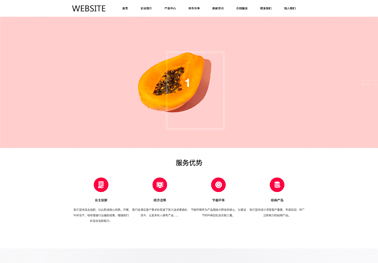
将字符串转换为数组是 Python 编程中一个常见的任务,可以通过多种方法实现,具体选择哪种方法取决于具体的需求和数据结构。以下是一些在 Python 中执行此转换的常用方法,并附带详细的解释和示例代码。
1. 基础方法:使用 split()
对于简单的字符串,比如以逗号或空格分隔的字符串,可以使用 split() 方法将字符串分解为列表(数组)。
# Example: Using split() method string = "apple,banana,cherry" array = string.split(",") print(array) # Output: [apple, banana, cherry]split() 方法按给定的分隔符分割字符串,并返回一个列表,其中包含了分割出来的各个部分。默认情况下,split() 方法以空格为分隔符。
2. 使用 list() 函数
如果想将字符串中的每个字符分解为数组元素,可以使用 list() 直接将字符串转化为字符列表。
# Example: Using list() function string = "hello" array = list(string) print(array) # Output: [h, e, l, l, o]这种方法特别适用于需要对字符串中的每一个字符进行操作的情况。
3. 使用 re.findall()
如果字符串包含复杂的分隔模式,例如多个分隔符或者特定的结构,可以使用 re 模块的 findall() 方法来提取匹配的部分作为数组。
import re # Example: Using re.findall() string = "name: John, age: 30; name: Jane, age: 25" pattern = r"name: (w+), age: (d+)" array = re.findall(pattern, string) print(array) # Output: [(John, 30), (Jane, 25)]在这个例子中,re.findall() 用于匹配字符串中的名称和年龄对,并将结果作为包含元组的列表返回。这种方法适合于需要从字符串中提取特定格式数据的情况。
4. JSON 字符串解析
如果字符串是一个 JSON 格式的数组,可以使用 json.loads() 将其解析成 Python 列表。
import json # Example: Parsing JSON string json_string = ["name", "age", "city"] array = json.loads(json_string) print(array) # Output: [name, age, city]JSON 是一种轻量级的数据交换格式,常用于网络数据交换和文件存储。在 Python 中,json 模块提供了处理 JSON 数据的便捷方法。
5. 基于自定义逻辑的转换
有时,字符串的结构不符合常见格式,这时可以通过编写自定义函数来处理。例如,根据某些特定规则将字符串分割成数组。
# Example: Custom parsing logic def custom_split(string): words = [] current_word = [] for char in string: if char.isalnum(): # Check if character is alphanumeric current_word.append(char) else: if current_word: words.append(.join(current_word)) current_word = [] if current_word: # Add the last word if its not empty words.append(.join(current_word)) return words string = "Hello! How are you? Are you coding in Python?" array = custom_split(string) print(array) # Output: [Hello, How, are, you, Are, you, coding, in, Python]在这个例子中,我们实现了一种简单的逻辑来分割字符串:当遇到非字母数字字符时,将之前积累的字符视为一个单词。
6. 处理多行字符串或大块数据
对于多行字符串或大块数据的处理,通常结合多种方法和逻辑,比如逐行解析或通过正则表达式提取数据。
# Example: Processing multiline data multiline_string = """ name: John, age: 30 name: Jane, age: 25 name: Mike, age: 35 """ lines = multiline_string.splitlines() people = [] for line in lines: parts = line.split(", ") person = {} for part in parts: key, value = part.split(": ") person[key] = value people.append(person) print(people) # Output: [{name: John, age: 30}, {name: Jane, age: 25}, {name: Mike, age: 35}]此方法适用于需要将多行文本转换为结构化数据的情况,如将其解析为字典列表。
通过以上这些方法,几乎可以处理任何字符串到数组的转换任务。选择合适的方法不仅取决于字符串的结构,还有您实际需要的处理结果。在编程中,灵活使用这些方法可以达到事半功倍的效果。

